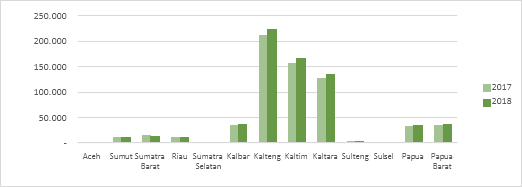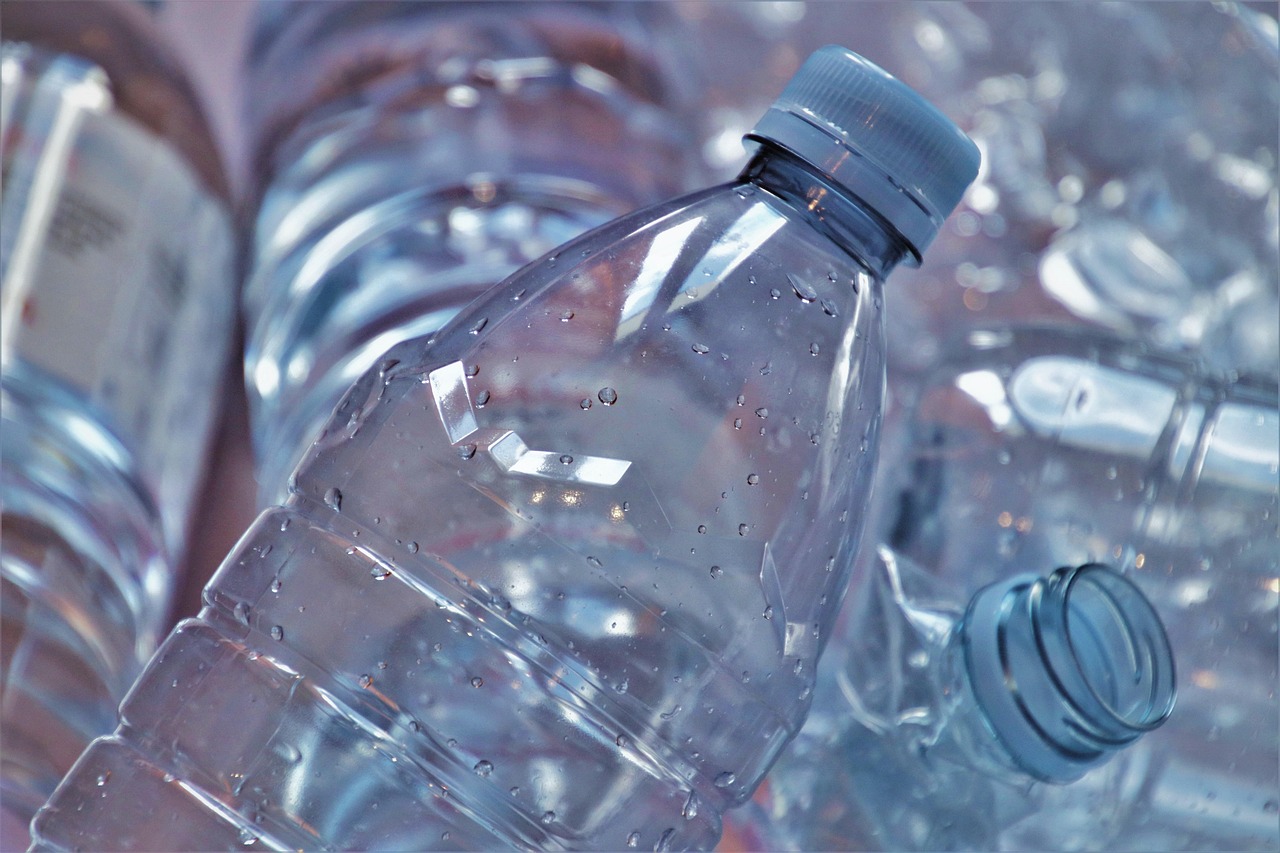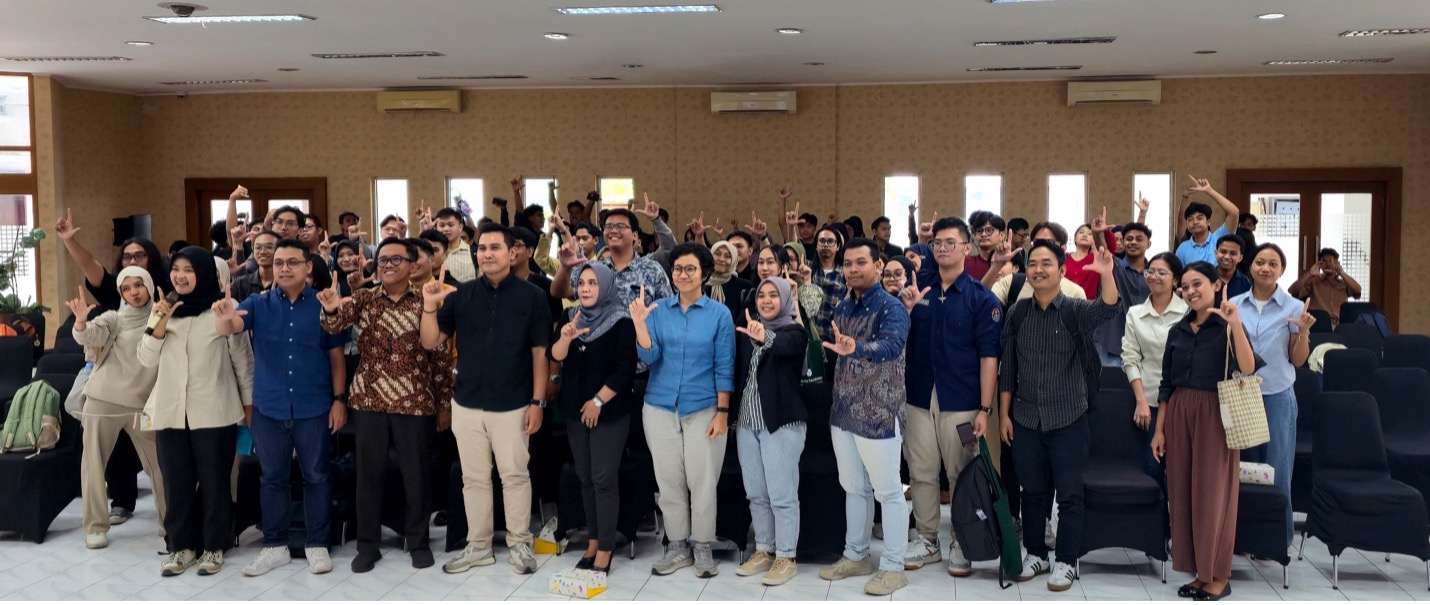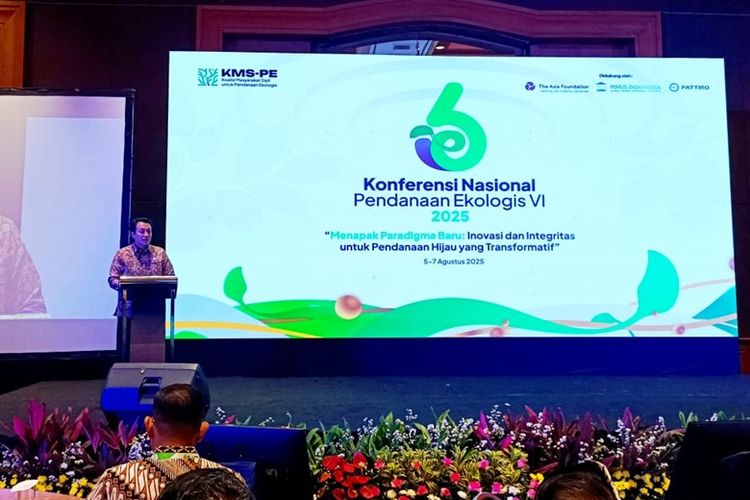At the end of 2017, the Government issued Regulation of the Minister of Finance (PMK) Number 230/PMK.07/2017 on the Use, Monitoring and Evaluation of Natural Resource Shared Revenue Funds and Reforestation Funds (DBH DR). This PMK is the mandate of Law Number 15 of 2017 on 2018 Fiscal Year State Budget, which regulates the use of DBH DR received by the Provincial Governments as well as the remaining DBH DR in the general treasury of Regency/City Governments. In general the direction of this PMK is to encourage DBH DR utilization to support climate change control, social forestry, and prioritize prevention and control of forest and land fires.
This PMK is a government breakthrough to answer the problem of absorption of DBH DR at the regency/city level, which often becomes unused funds (SiLPA) for years in local treasury. Up to 2016, SiLPA of DBH DR in 236 regencies and 24 cities reached Rp 6.9 trillion. This number is expected to increase, given that in 2017 DBH DR distributed directly to 27 provinces reached Rp 699.5 billion. Although since 2017 DBH DR has been transferred from the Regency/City Government to the Provincial Government as a consequence of the enactment of the new Regional Government Law (Law No. 23 of 2014), the regions do not make use of the fund or choose not to absorb it. This is due to strict regulation in Government Regulation No. 35 of 2002 regarding Reforestation Fund, where DBH DR is to be utilized only for Forest and Land Rehabilitation (RHL).
The PMK, signed on 29 December 2017, regulates the use of DBH DR by the Regional Governments, not only for forest and land rehabilitation. The use of DBH DR at the Province level, in addition to RHL, which includes planning, implementation, monitoring, and evaluation, can also finance other supporting activities. For regencies/cities that still have remaining DBH DR up to the 2016 budget, DBH DR can be used to fund the management of Taman Hutan Raya (forest parks), prevention and mitigation of forest and land fires, and planting trees on critical river basins, planting bamboo on the riverbanks, and procurement of structures for soil and water conservation.
The PMK stipulates that before proposing DBH DR activity plans and budgets (RKA), regional governments have to submit the realization report of the remaining DBH DR to the Ministry of Finance, to be discussed with the Ministry of Environment and Forestry (KemenLHK) and MoHA. For regions that still have remaining DBH DR but do not submit the proposal and report the utilization of DBH DR, the MoF will delay the distribution until the termination of other forestry DBH. The assertiveness of the government in this case should be appreciated to spur the optimization of DBH DR absorption in the regions. DBH DR monitoring is carried out by the MoF, Ministry of Environment and Forestry and MoHA to ensure compliance of reporting, conformity with RKA and measure absorption and output. The Government will evaluate the amount of residual DBH DR for each region and the conformity of DBH DR activities with applicable regulations.
As a technical guideline for PMK, the MoF has issued a Regulation of the Director General of Fiscal Balance No. 1 of 2018 on procedures for discussion, format, and standard of details on the design of activities and budgeting for the use of DBH DR.
Use of DBH DR for Social Forestry Acceleration
The major agenda of forest management is to create community welfare in forest areas and realize a sustainable forest model. To achieve these objectives, the government proclaimed Social Forestry, namely community empowerment by opening access to the community to propose forest management rights. The government itself has targeted an allocation of Social Forestry of 12.7 million ha. Unfortunately, entering the fourth year, only 744 ha or 6% of the target has been realized. This is due to lack of budget availability.
In 2017, DBH DR disbursed to the Province amounted to Rp 699.5 billion. Of this amount, Central Kalimantan Province received the largest amount, with Rp 211.3 billion or 30% of the total, followed by East Kalimantan with Rp 157 billion and North Kalimantan with Rp 126.5 billion. The imbalance of the Social Forestry target and budget availability happened in East Kalimantan, with the social forestry target being as many as 600 thousand Ha requiring a budget of Rp 107,300 per Ha or about Rp 11-12 billion per year. In fact, the annual budget allocation is less than that amount. As a result, the realization of Social Forestry by 2017 only reached 102 thousand Ha.
Table 1. 2017-2018 DBH DR Budgets in 13 Provinces in Indonesia (millions)
Source: Presidential Regulation No. 97 of 2016 on the Details of FY2017 State Budget, Presidential Regulation No. 107 of 2017 on the Details of FY2018 State Budget
Through PMK No. 230 of 2017, local governments can use DBH DR to support social forestry (Article 2 letter b). Social forestry programs and activities explicitly contained in the Regulation of Director General of Fiscal Balance No. 1 of 2018 are programs for provincial DBH DR in the form of empowerment of local communities in forest and land rehabilitation activities including: (1). Social forestry preparation activities in the forms of community forests, village forests, community plantations, customary forests and partnerships; (2). Development of social forestry enterprises; (3). Handling of Conflict, Tenure Issues and Indigenous Forests; and (4). Coaching. Referring to these programs and activities, the province may propose draft activities and budgets/RKA DBH DR to support social forestry.
Table 2. Programs and Activities Utilizing Provincial DBH DR in Support of Social Forestry
| Programs | Activity Details |
| Empowerment of local communities in forest and land rehabilitation activities | 1. Social forestry preparation activities in the forms of community forests, village forests, community plantations, customary forests and partnerships, through:
a. Operationalization of the Social Forestry Acceleration Working Group (Pokja PPS); b. Site level socialization; c. Facilitation of Proposals; and d. Administrative and Technical Verification. 2. Development of social forestry enterprises, including: a. Site level socialization; b. Business development training; c. Institutional building; d. Forest and Land Rehabilitation (protection restoration and intercropping); and e. Productive economic tools. 3. Handling of Conflict, Tenure Issues and Indigenous Forests, including: a. Recording potential conflicts of tenure and customary forests; b. Submitting and registering conflicts; c. Mapping/assessment of tenurial conflict; d. Facilitation/mediation of tenurial conflict; e. Facilitating the acceleration of recognition of customary forests; and f. Identification, inventory, verification and validation for customary forests. 4. Coaching, including: a. Preparation of guidelines; and b. Guidance on procedures. |
Source: Annex of Perdirjen PK/1/2018
For regencies/cities, the use of residual DBH DR to support social forestry is not as explicit as with the province. The optimization of DBH DR can be done by following the guidance in Perdirjen PK/1/2018, which is to fund the management of Taman Hutan Raya (Tahura), control of forest and land fires, and tree planting. What needs to be considered by regencies/cities is the conformity of the programs and activities proposed in RKA DBH DR with applicable regulations.
Article 3 of PMK No. 230 of 2017 mentions that the residual DBH DR is conducted by the Regional Device Organization (OPD) appointed by the regent/mayor and may be proposed by the regional secretary. The use of DBH DR for social forestry can be carried out through the mechanism of assignment by the Governor, as set forth in Article 4 Paragraph (3): The Governor may assign the regent/mayor to implement DBH DR utilization activities through the co-administration mechanism in accordance with the provisions of law.
The Activities in Regency/City RKA DBH DR are as follows:
Table 3. Programs and Activities Utilizing Regency/City DBH DR
| Programs | Activity Details |
| Management of Forest Parks (Tahura) | 1. Preparation of Long Term Management Plan
2. Document preparation 3. Preparation of Short Term Management Plan 4. Rehabilitation of Forest Parks (reforestation, tree maintenance, biodiversity enrichment, and implementation of soil and water conservation) |
| Prevention and mitigation of forest and land fires | 1. Planning
2. Preventive activities 3. Mitigation activities 4. Post-fire handling activities |
| Planting trees on critical areas | 1. Seedling
2. Planting 3. Maintenance 4. Construction of soil and water conservation facilities |
| Planting of bamboo on riverbanks, lake shores and water catchment areas, areas surrounding springs and ground water reservoirs | 1. Planting bamboo on riverbanks;
2. Planting on lake shores and water catchment areas 3. Planting around springs and ground water reservoirs |
Source: Annex of Annex of Perdirjen PK/1/2018
In an effort to accelerate the process of discussing RKA DBH DR, on 15 February 2018, the Ministry of Finance has submitted a letter to the Provincial/Regency/City Governments to convey the confirmation of the residual DBH DR with a statement no later than 8 March 2018. MoF, KLHK and MoHA would determine the amount of the remaining DBH DR on 13 March 2018, and the discussion of regional RKAs will be done on 21-23 March 2018. If the RKA has been approved by the discussion, then the region revises the operationalization of the regional budget. The implementation of activities can be done after the issuance of of SKPD Implementation Document A.
*Ramlan Nugraha, PATTIRO Project Officer





